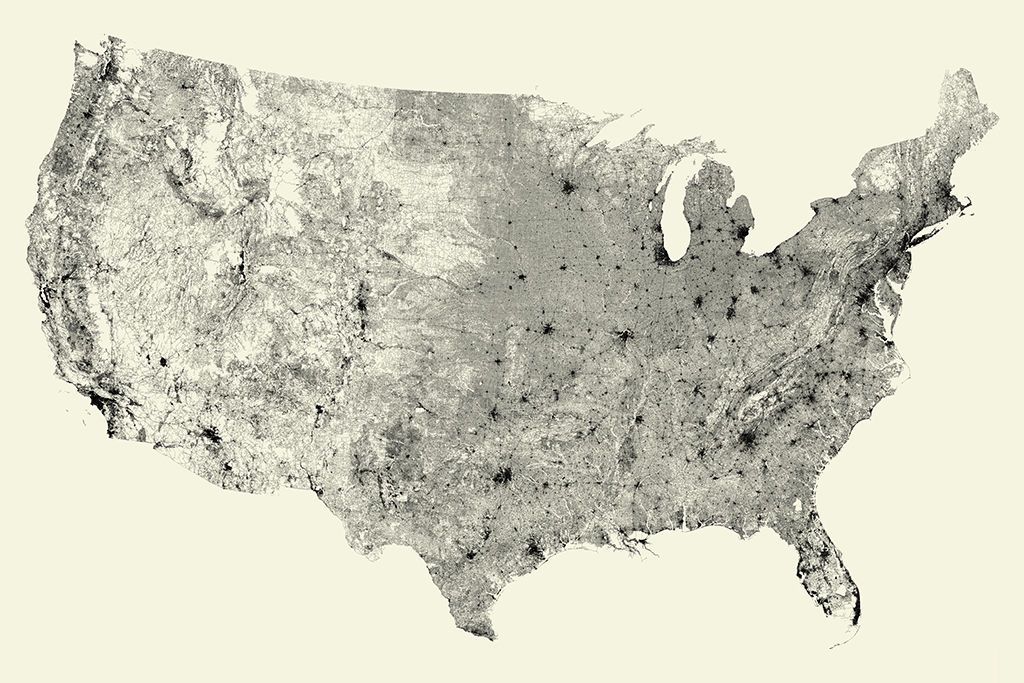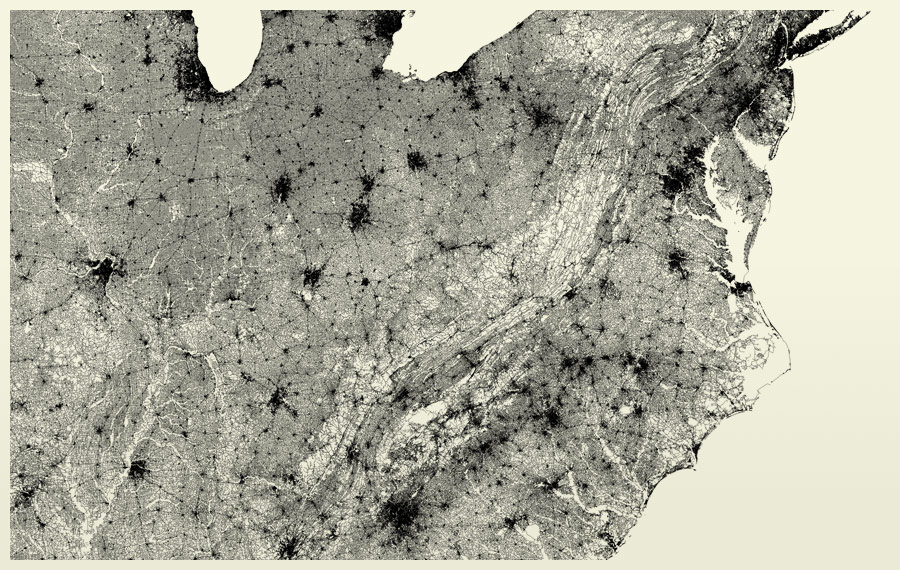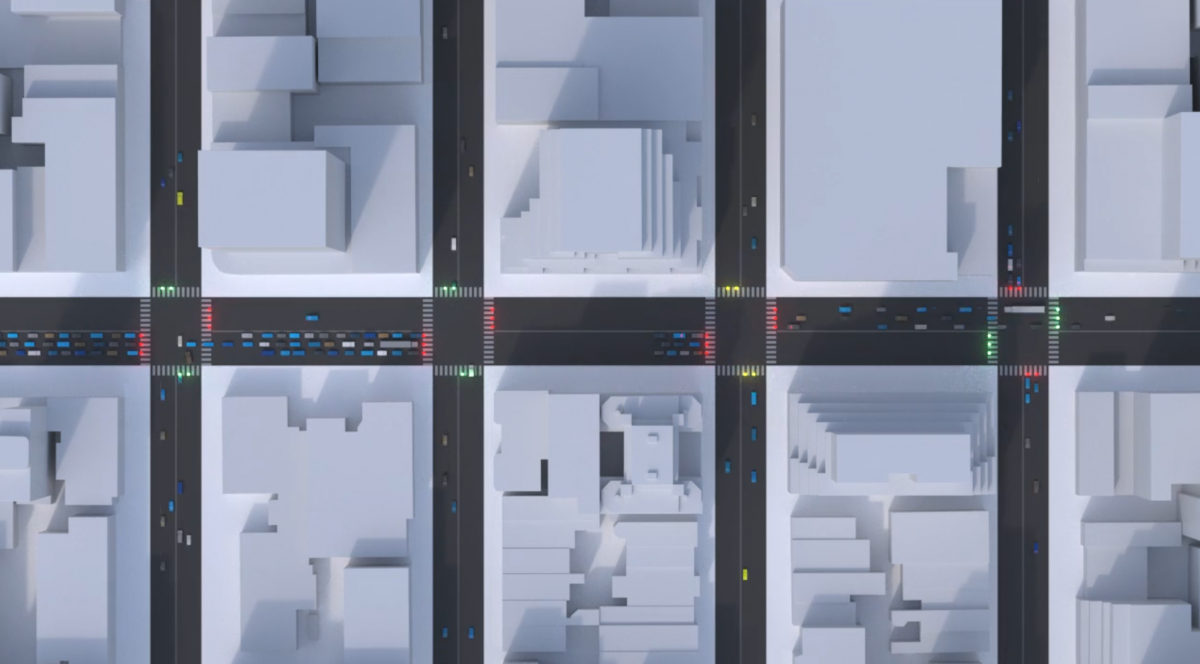After browsing through the Looking Outwards posts by my classmates, Maggie’s 3D Computer Graphics post on the Amigos Project by Zigor Samaniego caught my attention. Amigos Project is a series of art by Samaniego started in 2016 using tools such as Photoshop, Pixologic Zbrush, Maxon Cinema 4D, and Wacom Cintiq. As Maggie pointed out, these computer-generated “monsters” are super cute, a reason why I wanted to learn more about it. As they also mentioned, it’s really interesting and impressive how Samaniego was able to achieve such realistic textures using 3D rendering tools to create the adorable “realistic” creatures. Along with that, I am also fascinated by how Samaniego made certain choices while programming and designing to be able to maintain the creatures’ “cuteness” despite making them super realistic (especially since the “more real” something appears, the less “cute” it becomes).
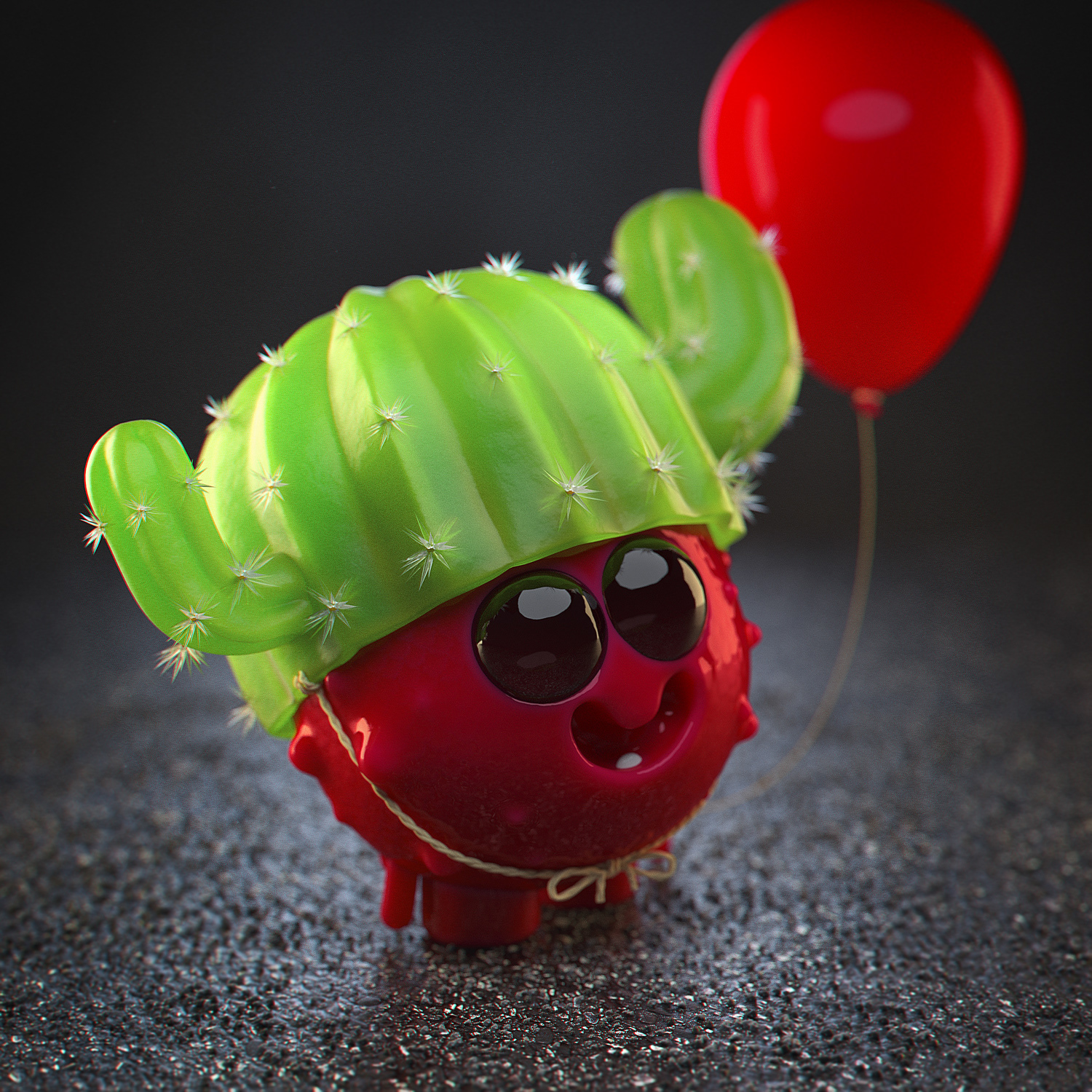
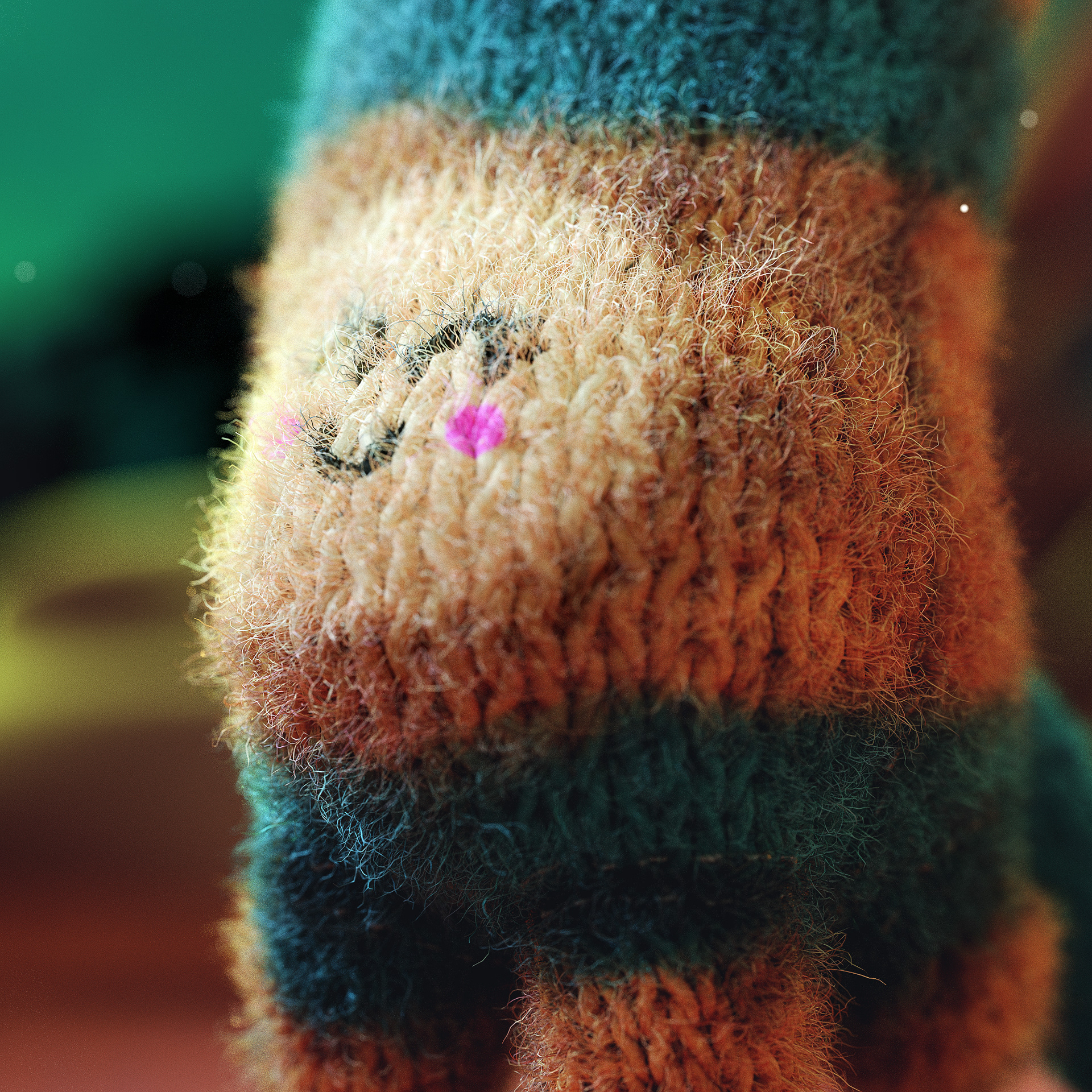
![[OLD FALL 2020] 15-104 • Introduction to Computing for Creative Practice](../../../../wp-content/uploads/2021/09/stop-banner.png)
